Repair Manual
Why Chest Freezer Not Working in Garage?
Chest freezers provide additional room for food storage, and keeping one in a garage prevents homeowners from using much-needed floor space within a home. However, sometimes people have problems running a chest freezer in the garage.
A chest freezer may not work in a garage due to external temperatures that are too hot or too cold, an improper circuit, dirty condenser coils from dust buildup, or a defective thermostat from exposure to regular temperature changes.
This article addresses seven reasons why a chest freezer may not work in a garage and what homeowners can do to remedy those problems, so read on.
A standard garage isn’t as well-insulated as other parts of a home. Air from the outdoors enters the room through the large garage doors and affects the temperature inside.
Those living in cold climates or areas that experience harsh winters may have issues with garage chest freezers shutting off during the cooler months.
Chest freezers, especially newer models, are sensitive to ambient temperature. If the air temperature surrounding the appliance dips below freezing, the freezer may improperly sense that it’s reached the desired cooling temperature and shut off.
The compressor won’t kick on until the thermostat detects an increase in ambient temperature. As a result, the chest freezer stops freezing.
How To Fix?
One way to prevent a chest freezer in the garage from randomly shutting off when temperatures drop is by insulating the area around the freezer.
Build an insulated cubby space for the appliance or set up an insulated corner. This method requires a bit of money and effort, but it’s the best way to prevent future problems relating to external temperatures.
Alternatively, you can switch to an outdoor chest freezer. These freezers are marketed as “garage ready” and designed for placement in environments that aren’t temperature-regulated.
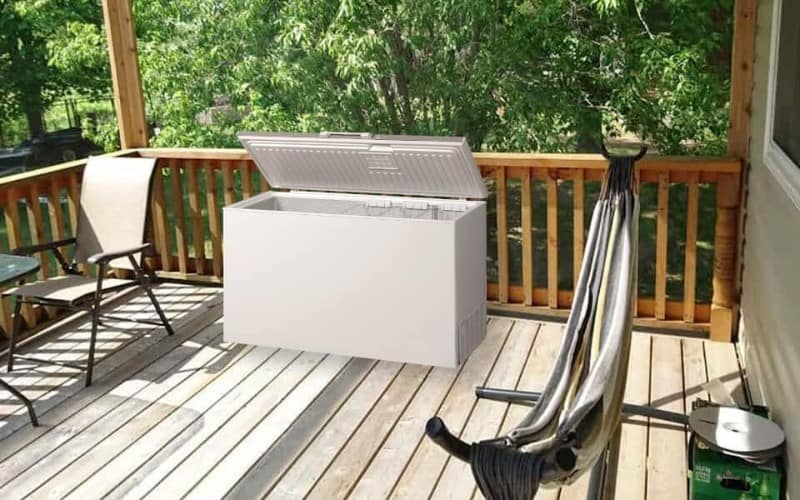
If you don’t have the time or finances to build an insulated space for your freezer or don’t want to upgrade to an outdoor appliance, you can add a thermostatic controller. This device allows you to control the temperature of the chest freezer manually. They’re often used in homebrewing applications, but they’re also helpful in maintaining the temperature of a chest freezer during the colder months.
For a tutorial on installing a thermostatic controller on a chest freezer, check out this YouTube video:
Chest freezers provide additional room for food storage, and keeping one in a garage prevents homeowners from using much-needed floor space within a home. However, sometimes people have problems running a chest freezer in the garage.
A chest freezer may not work in a garage due to external temperatures that are too hot or too cold, an improper circuit, dirty condenser coils from dust buildup, or a defective thermostat from exposure to regular temperature changes.
This article addresses seven reasons why a chest freezer may not work in a garage and what homeowners can do to remedy those problems, so read on.
A standard garage isn’t as well-insulated as other parts of a home. Air from the outdoors enters the room through the large garage doors and affects the temperature inside.
Those living in cold climates or areas that experience harsh winters may have issues with garage chest freezers shutting off during the cooler months.
Chest freezers, especially newer models, are sensitive to ambient temperature. If the air temperature surrounding the appliance dips below freezing, the freezer may improperly sense that it’s reached the desired cooling temperature and shut off.
The compressor won’t kick on until the thermostat detects an increase in ambient temperature. As a result, the chest freezer stops freezing.
How To Fix?
One way to prevent a chest freezer in the garage from randomly shutting off when temperatures drop is by insulating the area around the freezer.
Build an insulated cubby space for the appliance or set up an insulated corner. This method requires a bit of money and effort, but it’s the best way to prevent future problems relating to external temperatures.
Alternatively, you can switch to an outdoor chest freezer. These freezers are marketed as “garage ready” and designed for placement in environments that aren’t temperature-regulated.

If you don’t have the time or finances to build an insulated space for your freezer or don’t want to upgrade to an outdoor appliance, you can add a thermostatic controller. This device allows you to control the temperature of the chest freezer manually. They’re often used in homebrewing applications, but they’re also helpful in maintaining the temperature of a chest freezer during the colder months.
For a tutorial on installing a thermostatic controller on a chest freezer, check out this YouTube video:
-
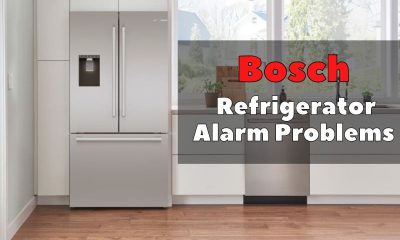
 Refrigerator Repair10 hours ago
Refrigerator Repair10 hours agoBosch Refrigerator Alarm Problems
-
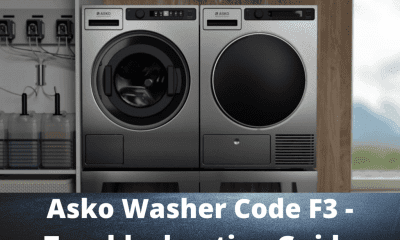
 Repair Manual22 hours ago
Repair Manual22 hours agoAsko Washer Code F3 – Troubleshooting Guide
-
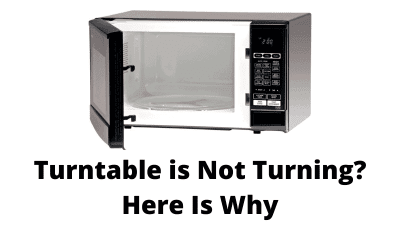
 Repair Manual6 hours ago
Repair Manual6 hours ago5 Possible Issues When Microwave Turntable Is Not Turning
-
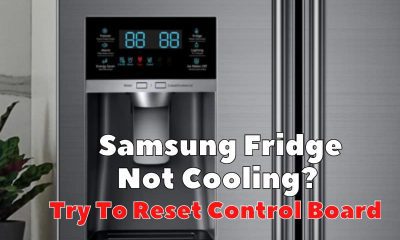
 Refrigerator Repair2 hours ago
Refrigerator Repair2 hours agoSamsung Fridge Not Cooling? Try To Reset Control Board
-

 Repair Manual14 hours ago
Repair Manual14 hours agoWhy Samsung Washer Keeps Turning OFF And ON? – Troubleshooting Guide
-
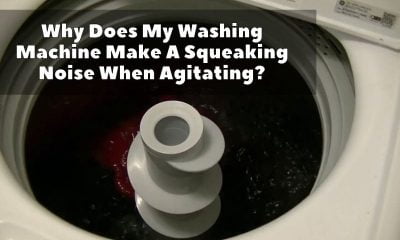
 Repair Manual18 hours ago
Repair Manual18 hours agoWhy Does Washing Machine Make A Squeaking Noise When Agitating?
